Local Eclipse Info For the NWS Wilmington, Ohio Area
Countdown Until Solar Eclipse Begins in Wilmington, Ohio
|
|
|
|
|
|
Days |
Hours |
Minutes |
Seconds |
Eclipse Path Information
|
Blue Line: Center of Totality Red Lines: Northern and Southern Boundaries of Totality |
 |
 |
|
|
|
|
On Monday, August 21, 2017, a total solar eclipse will track from the Pacific to the Atlantic. The shadow of the moon will track over parts of the following states: Oregon, Idaho, Montana, Wyoming, Nebraska, Kansas, Missouri, Illinois, Kentucky, Tennessee, North Carolina, Georgia, and South Carolina. The total eclipse will begin near Newport, Oregon at 1:16 PM EDT and will end near Charleston, South Carolina at 2:48 PM EDT. A partial eclipse will occur for the rest of the United States, including everyone in the NWS Wilmington, OH area of responsibility. Unfortunately, no one in the local forecast area will be able to see a "total" solar eclipse on August 21st. However, you won't need to travel that far to witness the spectacle (see maps)! |
|
|
|
|
 |
|
|
|
|
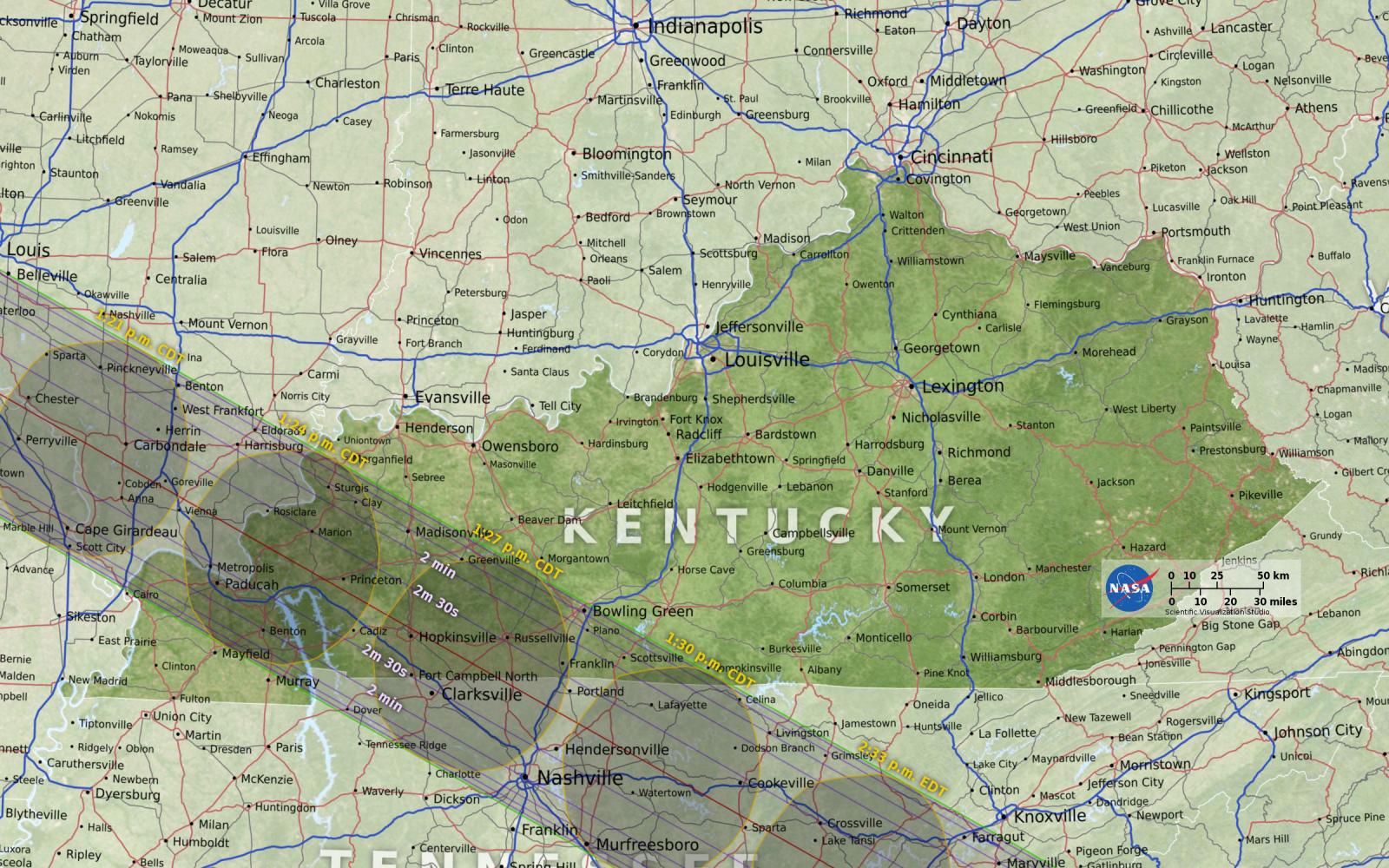 |
|
Local Cloudiness Climatology
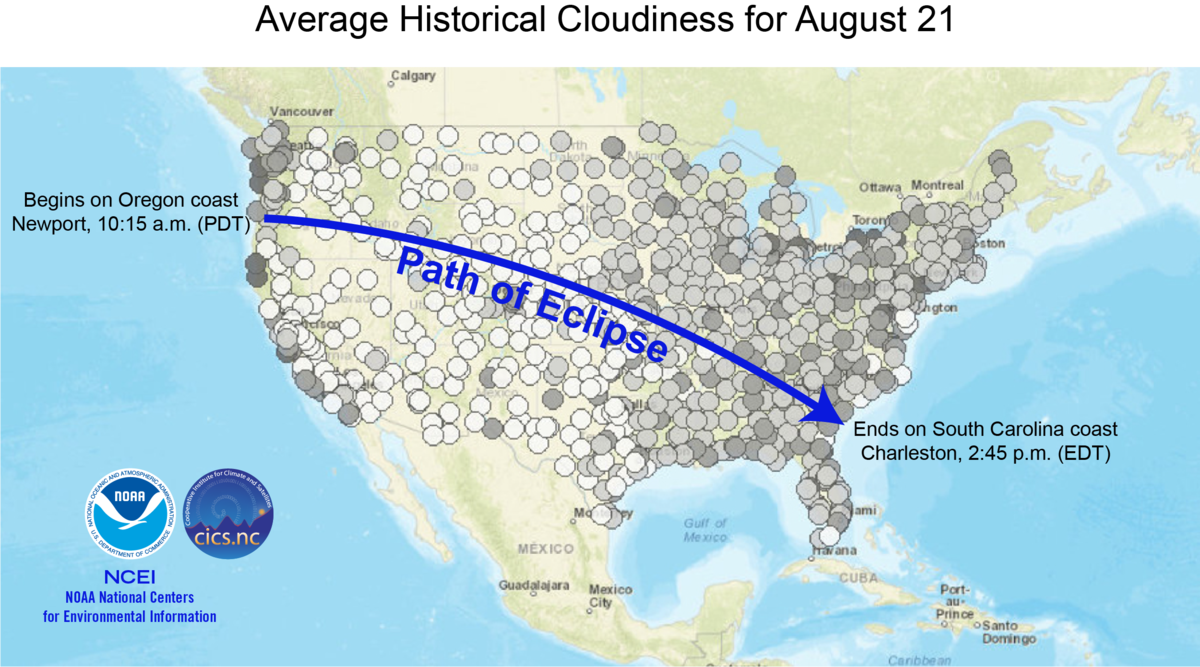 |
|
|
|
|
|
This interactive map provides greater detail about viewing the eclipse in the local area. The map lists a “viewable” percentage for each reporting location. The viewable percentage represents the likelihood of skies being clear enough for the eclipse to be visible. A higher percentage means a viewer is more likely to have a view unobstructed by clouds. Also, a bar chart shows the probabilities for five types of cloud cover: clear (no clouds), few (mostly sunny), scattered (partly cloudy), broken (mostly cloudy), and overcast. Percentages are derived from averages of each type of cloud cover. |
|
|
Historical cloudiness data come from 10-year hourly climate normals for 2001–2010 measured at automated weather stations across the country on August 21, as close to the hour of the eclipse as possible. Availability of data determined the number of usable stations. The period 2001–2010 was chosen because a nationwide network of automated observing stations became operational in 1998. This 10-year timeframe allowed hourly normals computation for more than 800 stations, including 10 local ones (see below). For a full interactive map of cloudiness climatology for August 21st, click here. |
|
|
Many factors can influence cloudiness. Areas that experience higher humidity are more likely to experience cloudy conditions. Other local factors may influence cloudiness and viewability as well, such as mountains and fog. Afternoon convection can also cause pop-up showers and storms. This helps explain the lower viewable percentages over the eastern half of the United States (especially the Ohio Valley) when the eclipse passes through early to mid afternoon. Keep a few other caveats in mind as you look the map above and data below. Automated weather stations only view clouds from the surface to 12,000 feet. Larger airports also typically have two cloud sensors (ceilometers) whereas smaller airports may only have one. Larger airports often have human observers that can see higher clouds. These differences mean that stations at larger airports tend to detect more clouds, so stations near each other may report different viewability percentages. |
|
 |
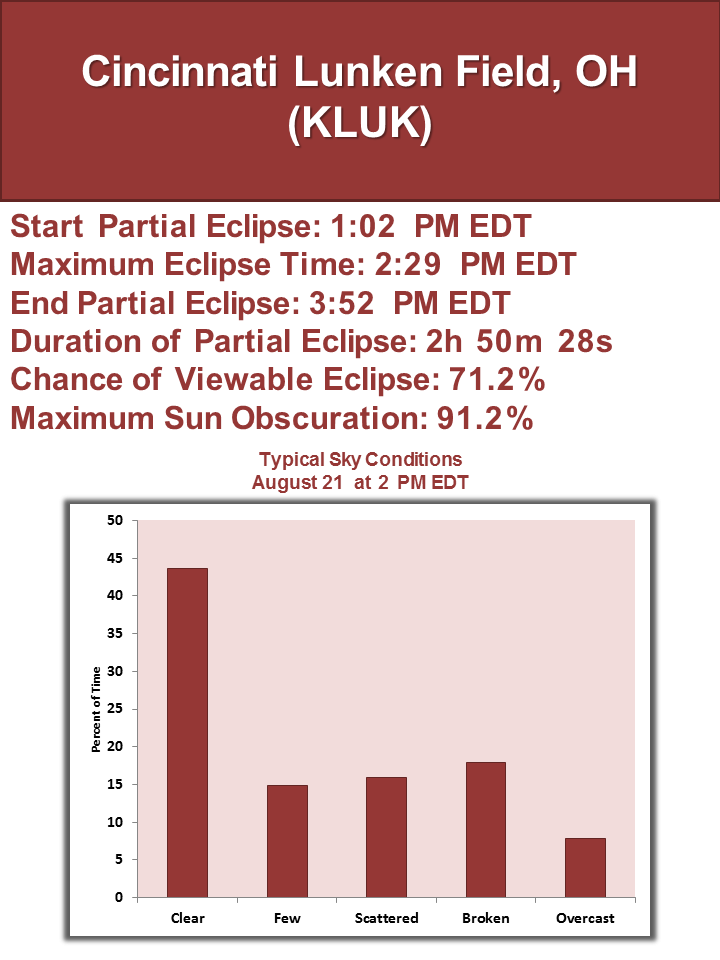 |
|
|
|
 |
 |
|
|
|
 |
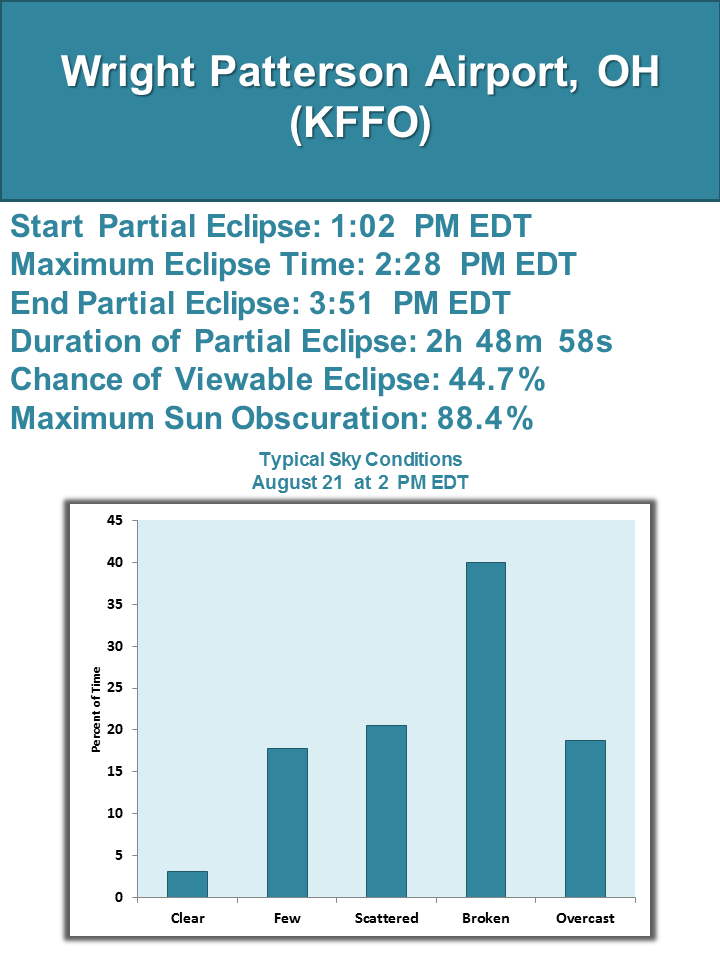 |
|
|
|
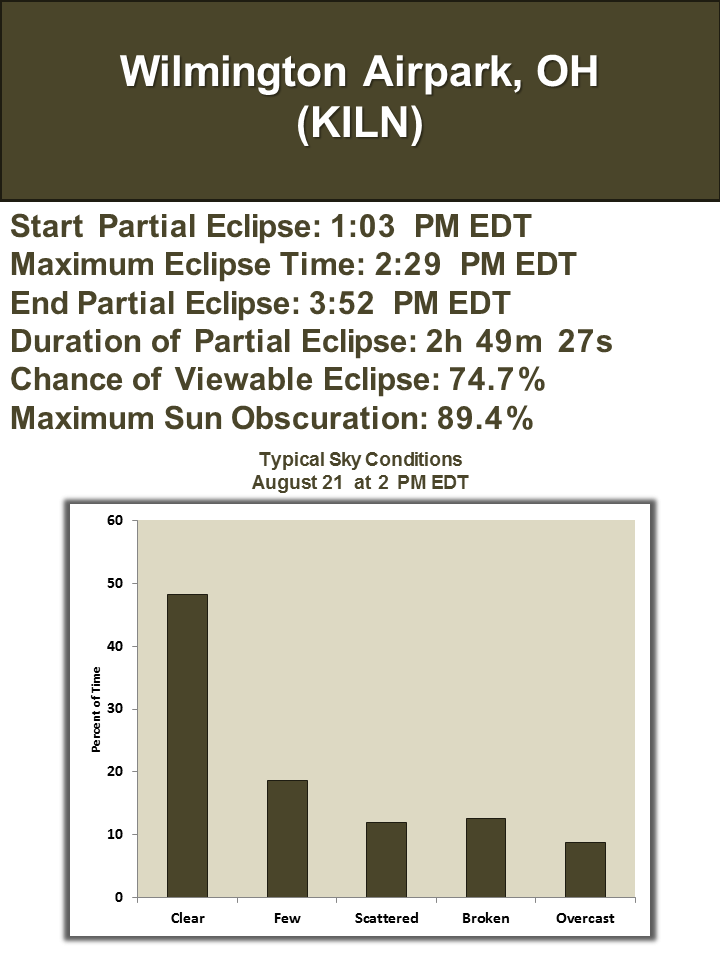 |
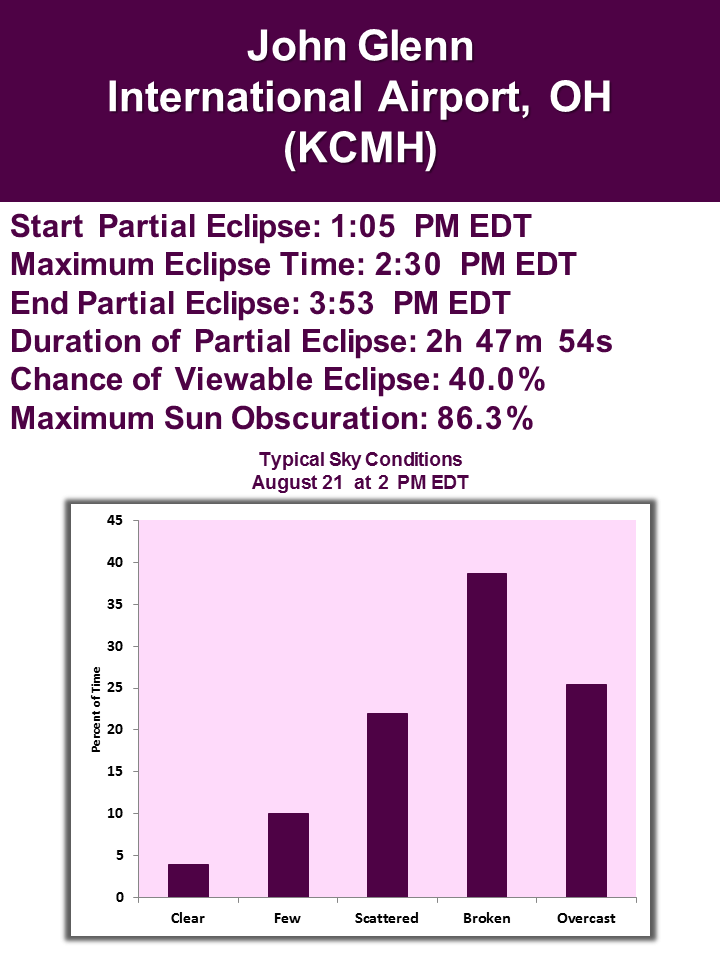 |
|
|
|
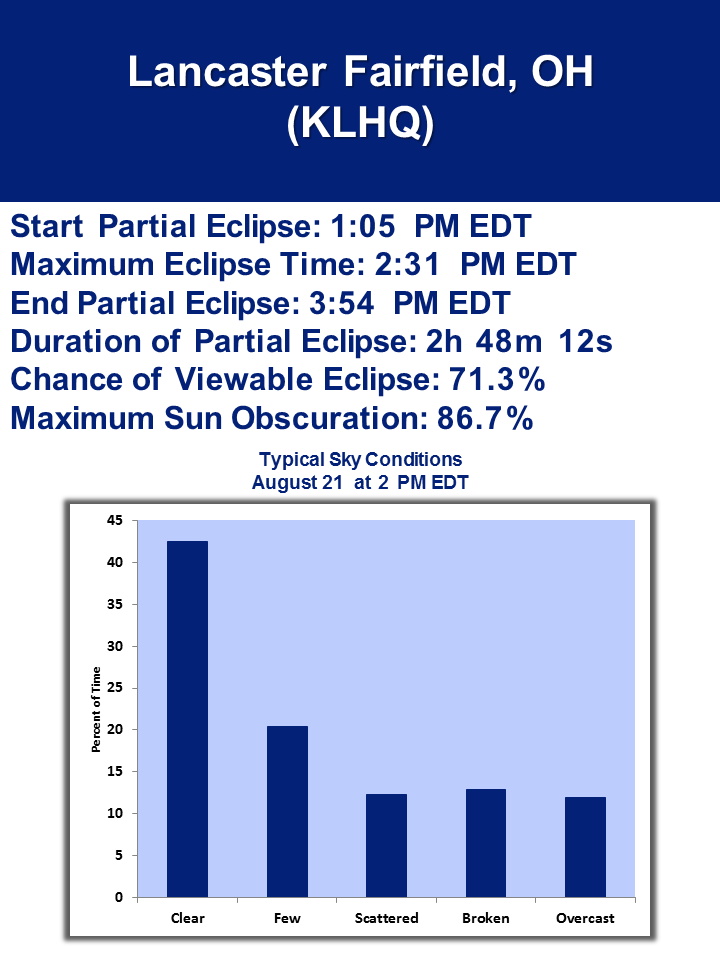 |
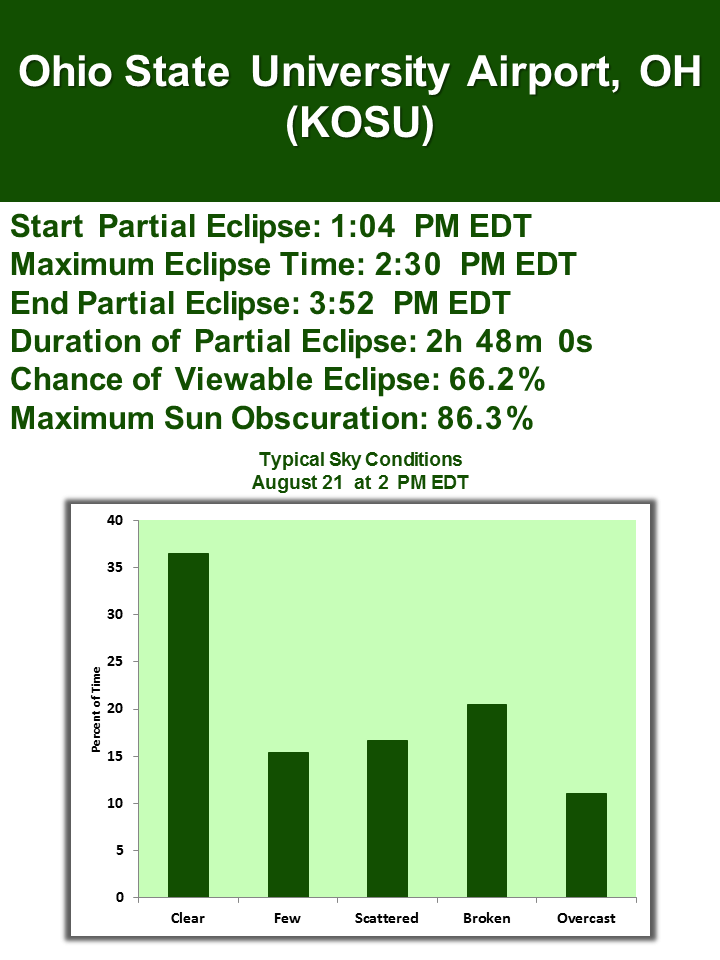 |
|
|
|
Safety Protocols For Viewing
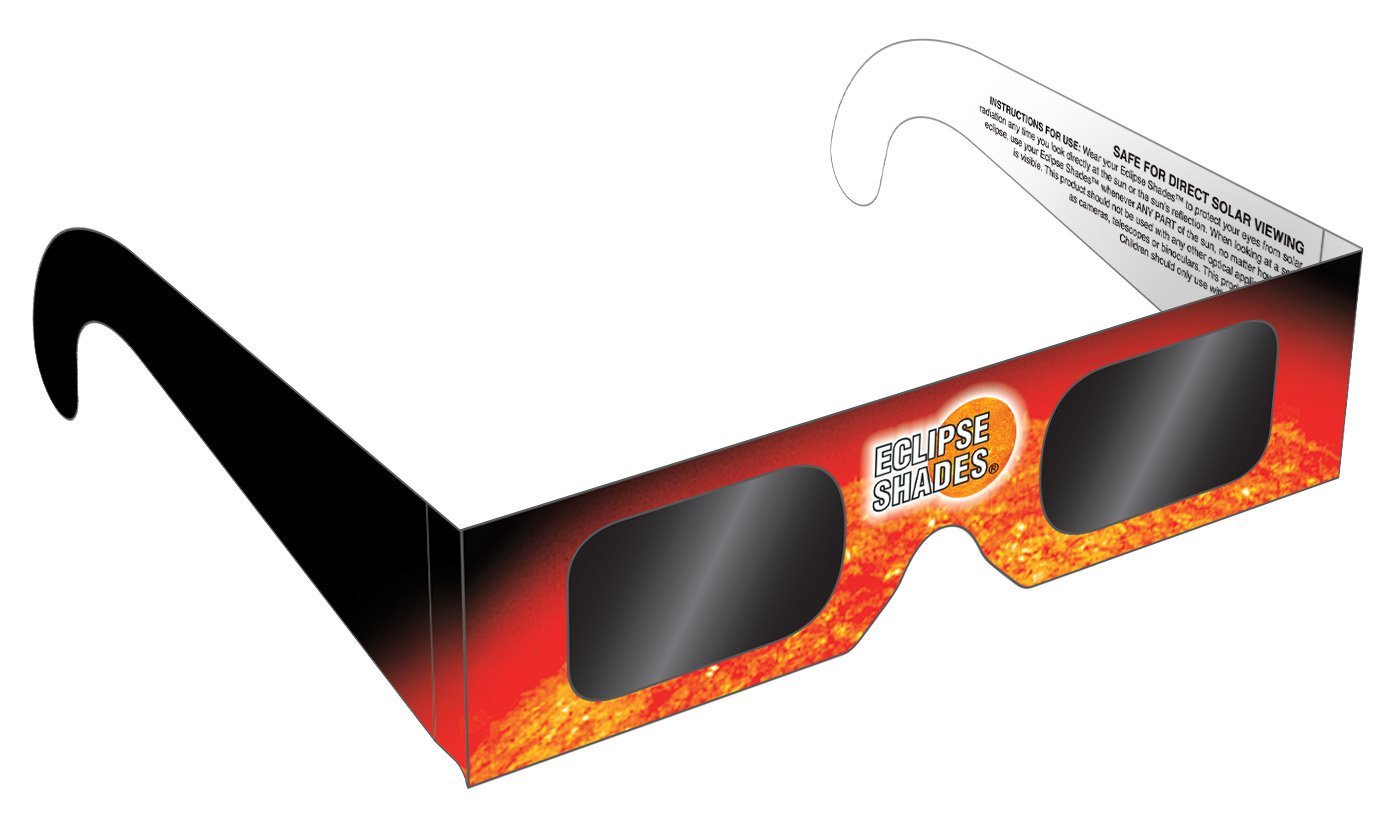 |
Looking directly at the Sun is unsafe except during the brief total phase of a solar eclipse ( |
|
Always inspect your solar filter before use; if scratched or damaged, discard it. Read and follow any instructions printed on or packaged with the filter. Always supervise children using solar filters.
An alternative method for safe viewing of the partially eclipsed Sun is pinhole projection. For example, cross the outstretched, slightly open fingers of one hand over the outstretched, slightly open fingers of the other. With your back to the Sun, look at your hands’ shadow on the ground. The little spaces between your fingers will project a grid of small images on the ground, showing the Sun as a crescent during the partial phases of the eclipse. A solar eclipse is one of nature’s grandest spectacles. By following these simple rules, you can safely enjoy the view and be rewarded with memories to last a lifetime. |
|
 |
|
Why Eclipses Occur
|
|
|
|
|
|
|
|
|
|
Videos Courtesy of the National Aeronautics and Space Administration (NASA) |
|
|
|
|
 |
|
|
The last time most Americans experienced a total solar eclipse was 1991. In 2017, over 500 million people will be able to observe the August 21st total solar eclipse, in partial or total form: 391 million in the U.S., 35 million in Canada, and 119 million in Mexico (plus Central America and parts of South America and northwestern Europe) . This is a golden opportunity to observe one of nature’s most exciting splendors and to engage and educate diverse audiences in the U.S. and internationally. |
|